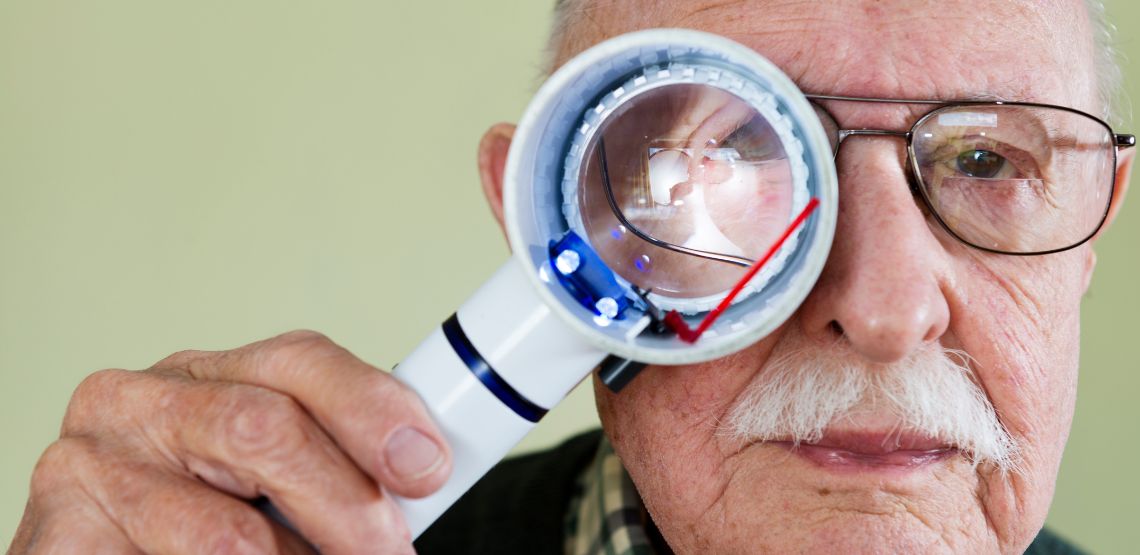Protecting Your Vision
Age-Related Macular Degeneration (AMD) is a progressive eye condition predominantly impacting older adults. This ailment attacks the macula, the part of the eye that is responsible for sharp, central vision required for activities like reading and driving. In this article, we will explore drinks that are harmful to eye health, the food and drinks that are beneficial for the eyes, and discuss what AMD is, what causes it, its signs and treatment options.
Drinks Harmful to Eye Health
1. Soda
Soda is high in sugar and often contains caffeine. Excessive sugar can lead to inflammation and damage to blood vessels, including those in the eyes, thereby increasing the risk of AMD.
2. Energy Drinks
These drinks not only contain high levels of sugar but also high doses of caffeine and other stimulants. They can increase blood pressure which may negatively affect the eyes and exacerbate conditions like AMD.
3. Sports Drinks
While they are marketed as hydration solutions, sports drinks are often laden with sugars and artificial flavors that may contribute to obesity and diabetes, diseases that can indirectly increase the risk of AMD.
4. Alcohol
Excessive alcohol intake can lead to toxic effects on the optic nerve and other eye structures. It also depletes levels of antioxidants that are vital for maintaining eye health, further implicating risks of developing AMD.
Foods and Drinks Beneficial for Eye Health
Conversely, there are a variety of foods and beverages that can promote eye health and potentially delay the progression of AMD.
1. Water
Adequate hydration is vital for maintaining the health of all body tissues, including the eyes. Drinking enough water can help prevent dry eyes and ensure proper functioning of the eyes.
2. Vitamin A
This vitamin is critical for maintaining healthy eyesight. Foods rich in vitamin A include carrots, sweet potatoes and dark leafy greens. The beta-carotene in these foods is converted into vitamin A in the body.
3. Vitamin C
Found in fruits like oranges, strawberries and papayas, vitamin C is an antioxidant that can help reduce the risk of cataracts and AMD by fighting free radicals and assisting in the regeneration of other antioxidants within the body.
4. Lutein and Zeaxanthin
These are two types of carotenoids found in high concentrations within the macula. They function as antioxidants and protective pigments that filter harmful blue light. Leafy green vegetables, peas and eggs are excellent sources.
5. Omega-3 Fatty Acids
Fatty fish such as salmon, mackerel and sardines are great sources of omega-3s, which play a protective role in eye health. They help maintain the integrity of the vascular system, including that of the eye, and are anti-inflammatory.
Understanding AMD
AMD is distinguished as either early, intermediate or late, with the latter being further categorized into "dry" (atrophic) and "wet" (neovascular or exudative) forms. The exact cause of AMD is complex and thought to be a combination of genetic, environmental and lifestyle factors. Oxidative stress, inflammation and the cumulative damage from ultraviolet and blue light over a lifetime all play prominent roles in the development of AMD.
Signs of AMD
Important signs and symptoms of AMD include:
- Difficulty seeing in low light: As the macula deteriorates, it becomes more challenging for individuals to see in dimly lit environments.
- Blurred vision: Central vision may become increasingly blurry as AMD progresses, making it difficult to see fine details.
- Changes in seeing colors: Colors might not appear as bright as they used to be and may look washed out or not as distinct.
- Low vision: This refers to weaker vision that can't be corrected completely with glasses or contact lenses.
- Straight lines appearing curvy or wavy: One tell-tale symptom is when straight lines begin to appear distorted or wavy, which is indicative of macular changes.
- Blank or dark spots in vision: Individuals might notice dark or empty areas in the center of their field of vision.
Treatment Options for AMD
Once diagnosed with AMD, the treatment options vary depending on the type and severity of the condition.
- Anti-Vascular Endothelial Growth Factor (Anti-VEGF) injections: The most common treatment for wet AMD, these injections aim to stop new blood vessels from forming and leaking fluid, which can damage the macula.
- Photodynamic Therapy (PDT): This treatment involves injecting a drug into the bloodstream that is absorbed by the abnormal blood vessels in the eye. A light is then shone into the eye to activate the drug, destroying the abnormal blood vessels.
- Laser photocoagulation: In certain cases of wet AMD, laser treatment can seal leaking blood vessels to slow vision loss. However, this may also damage surrounding healthy tissue.
- Eye treatment centers: Patients with AMD may benefit from specialized centers where a multidisciplinary team provides comprehensive care, including low vision rehabilitation and occupational therapy.
Vision in Focus
Early detection and consistent monitoring of eye health are of paramount importance when dealing with AMD. A healthy diet, along with protective measures such as wearing sunglasses, can help preserve vision. Regular eye exams allow for early diagnosis and treatment, which can be critical in maintaining eye health and quality of life.
Read on to learn all about diabetic eye exams.
